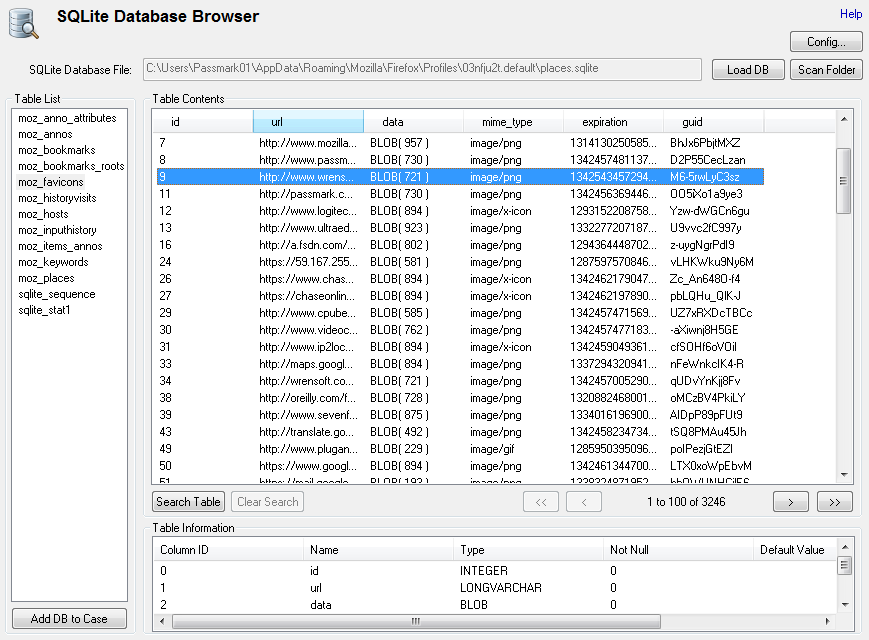

To ensure that the connection to the data source is successful, click the Test Connection link. DB4S uses a familiar spreadsheet-like interface, and complicated SQL commands do not have to be learned. DB4S is for users and developers who want to create, search, and edit databases. To create a new SQLite database, change the default name of the database if needed identifier.sqlite and click OK.Īlso, to create a database, you can drag an SQLite DB file to the Database tool window. DB Browser for SQLite (DB4S) is a high quality, visual, open source tool to create, design, and edit database files compatible with SQLite. To connect to an existing SQLite database, specify a file path to the database file in the File field. For more information about creating a database connection with your driver, see Add a user driver to an existing connection.
#SQLITE DATABASE VIEWER DRIVERS#
You can specify your drivers for the data source if you do not want to download the provided drivers. The content of the table will be displayed in the main workspace. To view and edit the data in a table, you need to right-click on the target table name and select View data. The IDE does not include bundled drivers in order to have a smaller size of the installation package and to keep driver versions up-to-date for each IDE version. Viewing SQLite Database Objects and Querying Data You can expand out the database structure in DBeavers Database Navigator to visualize all the tables in SQLite database. As you click this link, P圜harm downloads drivers that are required to interact with a database. Your data stays private: Everything is done client-side and never leaves your browser. Use this web-based SQLite Tool to quickly and easily inspect. On the Data Sources tab in the Data Sources and Drivers dialog, click the Add icon ( ) and select SQLite.Īt the bottom of the data source settings area, click the Download missing driver files link. SQLite Viewer Web is a free, web-based SQLite Explorer, inspired by DB Browser for SQLite and Airtable.

In the Database tool window ( View | Tool Windows | Database), click the Data Source Properties icon.


 0 kommentar(er)
0 kommentar(er)
